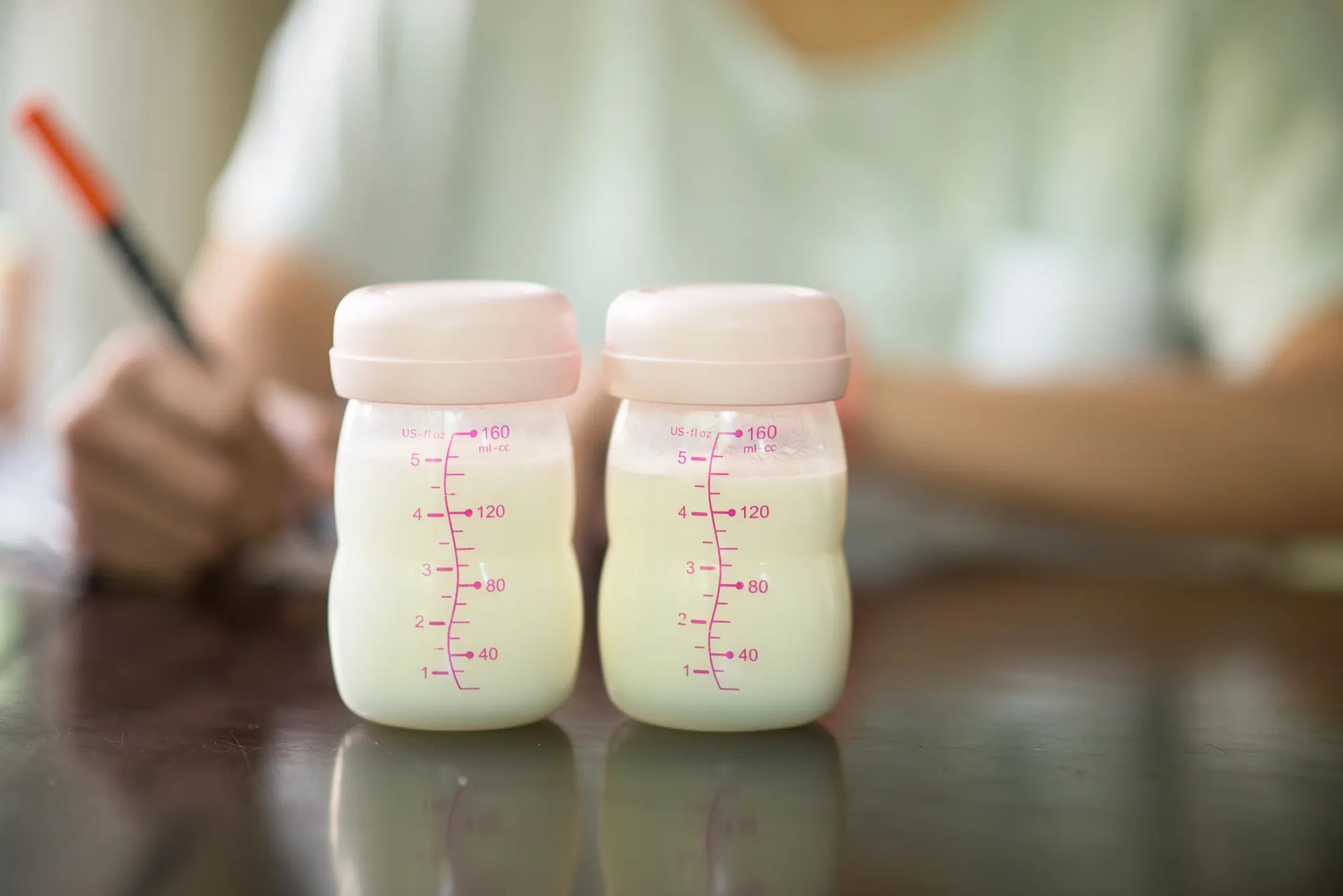Home
Pregnancy, Breastfeeding, and Pumping: The Ultimate Guide for Moms
What Viruses Are Transmitted Through Used Breast Pumps

What Viruses Are Transmitted Through Used Breast Pumps
Breast pumps have become an indispensable tool for many nursing mothers, offering convenience and flexibility. However, the improper use or sharing of these devices can pose significant health risks. Understanding what viruses are transmitted through used breast pumps is crucial for ensuring the safety of both mothers and infants.
The Importance of Breast Pump Hygiene
Maintaining proper hygiene when using a breast pump is essential. Breast milk is a nutrient-rich substance that can also serve as a medium for bacterial and viral growth. When breast pumps are not cleaned and sterilized correctly, they can become a breeding ground for harmful pathogens.
Common Viruses Transmitted Through Used Breast Pumps
Several viruses can be transmitted through used breast pumps if they are not properly sanitized. These include:
- Human Immunodeficiency Virus (HIV): Although rare, HIV can be transmitted through breast milk. Using a contaminated breast pump can increase the risk of transmission.
- Hepatitis B and C: These viruses can survive outside the body for extended periods and can be transmitted through contaminated breast pumps.
- Cytomegalovirus (CMV): CMV is a common virus that can be transmitted through breast milk. While it is usually harmless to healthy infants, it can pose risks to premature or immunocompromised babies.
- Herpes Simplex Virus (HSV): HSV can be transmitted through direct contact with infected milk or contaminated breast pump parts.
How Viruses Spread Through Breast Pumps
Viruses can spread through breast pumps in several ways. If a breast pump is shared between individuals without proper sterilization, any viruses present in the milk can be transferred. Additionally, if the pump parts are not cleaned thoroughly, residual milk can harbor viruses and bacteria, leading to contamination.
Preventing Virus Transmission
To minimize the risk of virus transmission through used breast pumps, follow these guidelines:
- Do Not Share Breast Pumps: Avoid sharing breast pumps with others to prevent the spread of viruses.
- Clean and Sterilize Thoroughly: After each use, disassemble the breast pump and clean all parts with hot, soapy water. Sterilize the parts using boiling water or a steam sterilizer.
- Inspect for Damage: Regularly check the breast pump parts for cracks or damage, as these can harbor bacteria and viruses.
- Follow Manufacturer Guidelines: Adhere to the manufacturer's instructions for cleaning and maintenance to ensure proper hygiene.
The Role of Proper Storage
Proper storage of breast milk and breast pump parts is also crucial in preventing virus transmission. Store expressed milk in clean, sealed containers and refrigerate or freeze it promptly. Ensure that breast pump parts are stored in a clean, dry place after sterilization.
Consulting Healthcare Professionals
If you have concerns about virus transmission or the safety of your breast pump, consult a healthcare professional. They can provide guidance on proper hygiene practices and recommend safe alternatives if necessary.
Breast pumps are invaluable tools for nursing mothers, but their improper use can lead to serious health risks. By understanding what viruses are transmitted through used breast pumps and following strict hygiene practices, you can protect yourself and your baby from potential harm. Stay informed, stay safe, and ensure that your breastfeeding journey is as healthy as possible.
Share
